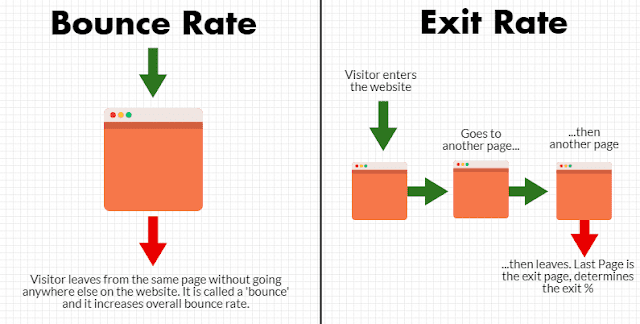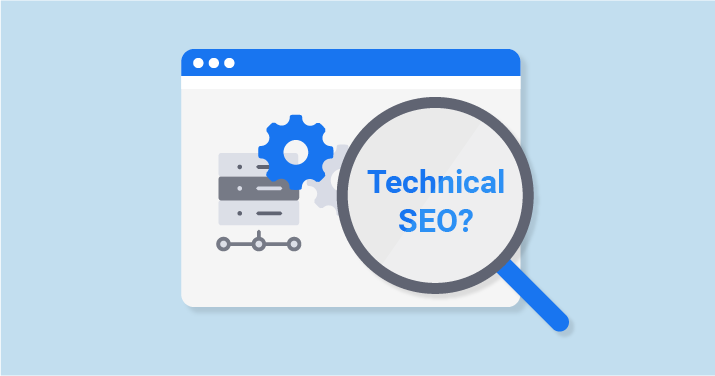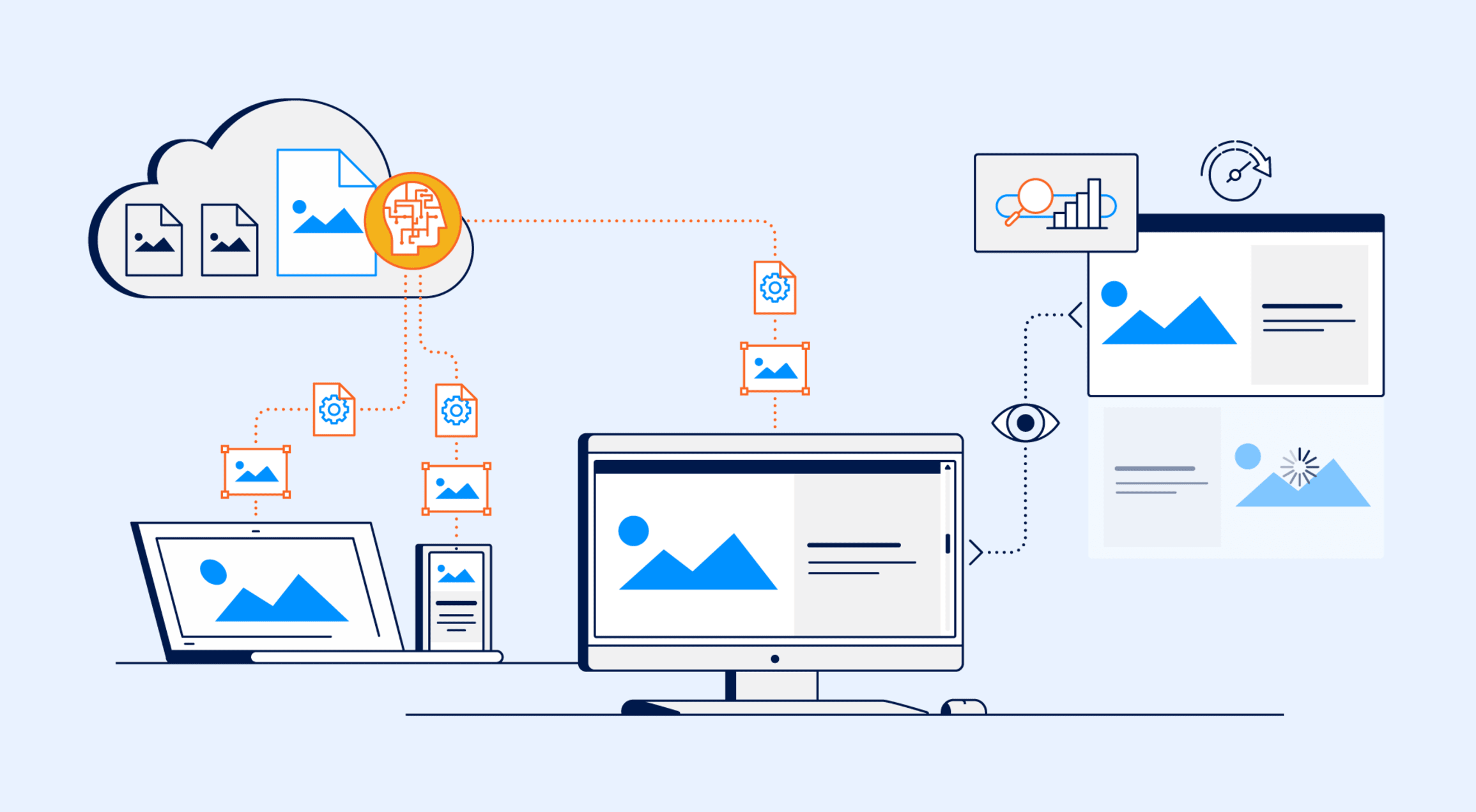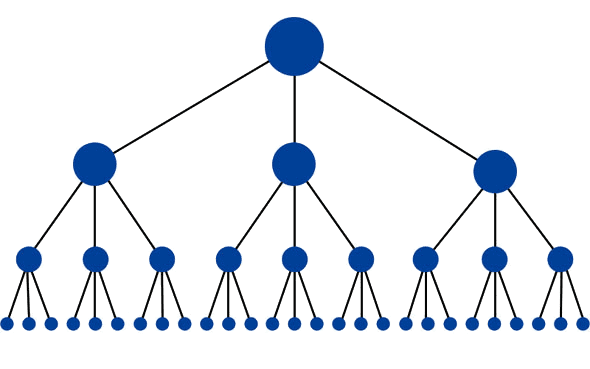Hold Your Website Rankings Back: 6 Tips!
Have you ever wondered how important to have high website rankings?
The answer might depend, but it is never below “very important.” It can be crucially important, extremely important, or it might be the most important thing for your website. The degree might depend, but search engine rankings should be something you are concerned about if you have a website.
Everybody who owns a website knows what the factors are to make it rank high on a certain level; well, at least, hopefully, they do. But, how about the things that hold website rankings back?
Of course, since there are things that make you rank higher, the opposition of those things will make your rankings lower if we think in simple logic. But in the digital world, not everything works with simple logic; sometimes, we need to look beyond that.
Given that search engine optimization is a quite popular and competitive domain, you should know beyond what you should be doing, which you should avoid. If you only focus on the things you should be doing, it is very easy to fall into some mistakes.
Luckily, we have prepared 6 things that hold your website rankings back. Those are the most common mistakes made by content editors and website developers.
Try for free to boost your website traffic!
Bad Content Quality
One big mistake that will cause your rankings to be not high is bad content quality.
Your website can be perfectly optimized for SEO with its internal links, images, and other software issues. But, if your content has poor quality, your rankings will most likely be stuck on the lower sides.

Explore More: Content Optimization
SEO is not all about the structure of your website; what you put out there is equally important. Google cares so much about what you are giving to your visitors, and if it is something poorly designed, well, Google will not like that at all.
Your content must be satisfying what people are looking for. Search engines want to give people what they search for; if the content you are offering is full of nonsense, why would it be offered as the first option to people?
Actually, this is what Google is known for, and quality content is what they are promising to people. If you ever encounter it, Google explains what they do as “delivering relevant and useful results in a fraction of a second.”
Since Google is a company that would most definitely not want to contradict what they promise, their algorithm will not allow you to rank high if what you offer is useless and not relevant.
Clickbait
At this point, there are several things to consider. First of all, using clickbait in those terms is a deadly sin for Google. If what you say on the heading is just to attract attention and the content itself is irrelevant from it, you are not winning.
It might sound like a good idea to attract with headings such as “miraculous hair mask, you will not believe what happened,” and the mask is basically just egg yolks, and the thing that happened is pretty ordinary, you are not giving people what they need.

You might want to focus on the use of keywords instead of giving false promises to people who want to be informed and find relevant content.
Hard-to-read text
But it is not all. You might be giving exactly what people are looking for but still, offer bad content. You need to be following the latest trends and understand the psychology behind what makes people stay on websites and read.
For example, if your content is full of big words and there are long sentences all over, it is most likely that people will leave your page. People leaving your page quickly is not something that search engines enjoy. If you are not writing an academic paper, you should be focusing on keeping it simple and enjoyable.
Duplicated content
However, there is a common point of academic papers and website contents, which is the hatred towards duplicated content. If your professor detects duplicated content, it is most likely that you will get a big zero. If Google detects duplicated content, it is most likely that you are going right to the bottom of the search engine results page.
You might feel like copying content that is already ranking high on Google is a good idea for you to rank high, too. But it is not! Google will understand that you are duplicating content and will not tolerate it.
It does not mean that you cannot get inspired by other works. You can always give reference to relevant sources if you want to directly take some parts or describe what is going on in the content with your own words and your unique style.
It is not a bad thing to offer content that has been presented earlier by someone else; there are thousands of contents written on the same topic. However, you should be offering something unique and relevant to have your high ranking on google.
Simplicity
Exaggerating simplicity is another mistake regarding content quality. You might want to create minimalist content that aims to give what people exactly want, but not putting effort is something different.
In fact, contents that are way too short and simple are most likely takes place at the lower parts of the search engine results page. It is known that posting content that has a word count lower than 200 will not make it since Google is well aware that there was no effort, and people most likely will not find what they are looking for.
Imagine this: you Googled for the symptoms of schizophrenia, and there is a page that just says, “hallucinating, lack of motivation, slow movement, delusions, and disorganized thinking.” Do you think that this is relevant and useful content?
It is not. You need to put in some effort. You need to talk about what schizophrenia is, how it can be different for different people, and what to do if you are worried about yourself or someone else you have had schizophrenia.
Even if you do not want to talk about all of those, you should at least give context about the symptoms to be a better source about schizophrenia. If you are creating content in an area like medicine that needs expertise, you should make sure that your sources are credible and reliable.
Unclear Search Intent
If the search intent is unclear, it means that you are losing the game as it starts.
The search intent is where everything begins in search engines. People come with search intent, look for it, and then find the pages. If your website does not have a clear search intent to lead people, then what is the point?
In the most basic terms, search intent can be described as the purpose of one’s search. Are they looking for something to be informed of? Do they want to purchase something? Or are they looking for a tutorial? They will be specifying their search intent on their query, and your website must have been stating the search intent in the content.
Explore More: What is Search Intent?

There are four main search intents on the search engines, which can be described as follows:
- Transactional Intent: Transactional intent is a type of search intent in which the customer aims to purchase a service or a product. The query typically includes words such as buy, purchase, shop, etc.
- Navigational Intent: People search for getting into a specific webpage or website by typing queries such as directly writing “YouTube” or a blog name. For example, if I write “Amazon” to get to Amazon’s website, this means that my search intent was navigational.
- Business Intent: business intent is a type of search intent in which people aim to compare and contrast specific products and services. For example, searching “Amazon or AliExpress” has a business intent.
- Informational Intent: People search for getting knowledge regarding a certain topic. For example, a search query such as “what can I do with Amazon prime membership” has an informational intent.
Structuring your content around a specific search intent is crucial to rank higher on search engines. We mentioned that Google wants results that are relevant and informative, right? If the search intent is not clear, how would it lead people that have specific search intents?
Imagine this: you own a website in which you are selling coffee beans, your content should be structured in a way that clearly illustrates you are selling coffee beans. You would want to include keywords such as “buy, shop, purchase” and structure your website in a way that is suitable for shopping.
However, if you have a blog where you talk about coffee, your aim should be completely different. Because you are now working on informational or perhaps business intent, the structure, and keywords you will use will be different.
Your search intent must be clear as day. This is the only way to optimize your website accordingly. You should include relative keywords as much as possible to lead people onto your website. If your website content does not have what people are writing to their queries, you are losing.
Bad Technical SEO
When it comes to ranking high on search engines, SEO is the most important thing. We mentioned different aspects of SEO, such as content quality and search intent, and they are extremely important. However, technical SEO is equally important in many ways, too.
We must once mention that SEO is not something that you can win in some ways and lose in other ways: it is a whole. In other words, you should not expect to have a perfectly designed website in terms of technical SEO and have very poor quality content, and vice versa.
Additionally, SEO is not something steady that you should work on only once. It requires constant changes and improvements.
Explore More: What is Technical SEO?
Technical SEO is crucial for your website’s rankings because it helps Google in terms of detecting the proper content and finding those who are flawed. As the elements on your website are improved, Google will understand that you are building a strong website, and you will rank higher; it is simple as that.
Indexing, crawling, rendering, website structure, page speed, and many other technical components of a given website is a part of technical SEO, and they contribute a lot regarding ranking high or low on search engine results page.

Since Google aspires to give the ideal results, your website speed being so slow, having dead links, and the irrelevance of your content regarding structure will be the things that make it less ideal. If you do not work on technical SEO, it means that other creators who work on it will be one step ahead of you.
If it seems like you are doing everything regarding content on your website, but still Google does not let you rank high, the chances of there being a technical SEO issue are very high.
Broken Images and Missing Alt Texts
As a part of technical SEO issues, broken images and missing alt text must be mentioned separately due to their significance for the search engine results page. Alternative texts can be described as HTML attributes in which context in images are described.
If your webpage has broken images, having alt texts is a must. You never know what will happen with your images on all the different devices, so in all cases, you should have alt texts.
Images play a crucial role in many concerns, and one of those concerns is SEO success. Alt tags allow search engines to categorize and index the content regarding what they are about. Additionally, alt tags allow you to optimize the keyword use on your website to help you have higher ranks in that manner, too.
If you know all the problems a broken link can cause, you should keep in mind that broken images are as much problematic as broken links. If you do not know, a broken link is a link that cannot be found or opened by a viewer, which is a major issue because how can you deliver useful and relevant content if your content is not visible?

With that simple logic, it is present that broken links are very much problematic. But, since images are seen as just a tiny little component of big content, they are not viewed as important as links – but they are!
In addition to helping search engines to categorize your content, alt texts improve the accessibility of your website. If the images are not showing up for whatever reason, the alt texts will be your lifesaver because they will be describing what the image is about. Failing to upload an image is simply telling the search engine that it is difficult for screen readers, and it is causing problems. Alt texts are here to save you from those problems!
It is important to use alt texts to describe what is going on in the images for their true purpose. Alt texts can indeed be a great place for SEO success, especially when it comes to the use of keywords. But you should not make nonsense alt texts for the sake of using keywords.
The number one thing to consider while writing alt text must be describing what is going on in the picture and avoiding stuffing the alt text with keywords.
Neglecting Mobile Experience
For some reason, many website developers tend to overlook the mobile experience aspect of building a website.
Well, Google hates that.
If you aspire to rank high on SERPs, you should be offering a good experience across all devices. It is easy to focus on only the computer experience of a given website, but remember, there are many people who will search the same query to find similar results.
We cannot overlook them. Google can, and will, check the mobile-friendliness of your website. If there are serious problems that would give people who are using their mobile phones the worst experience, so will you (by ranking low on Google).

If you are doing everything else right and still can’t rank higher on search engines, it might be a good idea to check your website’s mobile friendliness. Search engines do not only have visitors through computers and other devices, and so does your website.
Everything that is important on your websites, such as page speed, design, and site structure, will be considered while detecting mobile-friendliness. You should be aware of the fact that not everything online works the same with mobile devices and computers, and other big devices. So, you should be taking everything into consideration to not fail in terms of SEO success.
Test Your Website Issues
You can quickly analyze your site
Confusing Internal Link Structure
In the most basic terms, internal linking is a term used to describe providing links in the same domain under content. You can use internal linking for categories to navigate people through the website or to lead them to another content.
Internal link structure is supposed to make navigating through the website easier and not more difficult at all. If your internal link structure is confusing, it means you are doing something wrong, and Google will send your results to the lower parts of the search engine results page.
It is crucial to understand that there is not just one proper way to organize your internal link structure. It is important to remember that there are hundreds of ways of messing it up, too. Google tells us that the link structure should be logical.
If you are a user of any search engines, there is a high chance of you encountering websites that have terrible internal link structures. Remember those websites where you must click on one hundred links to get where you want? Exactly. Google understands our struggle and sends those websites to the rock bottom of search engine results pages.
Google also gives the website developers a hint. It says that you should organize your internal link structure in a way that your visitors will be able to reach every page of your website at most three clicks. While it might not be possible for every single page on your website, at least the most important ones should be reachable through three clicks.
If you use a modern content management system such as WordPress, you can automatically find this function to be completed. But, this automatic process can get broken.

It is pretty common to misunderstand the “three clicks rule” mentioned by Google and try to make everything accessible with one click. If you ever try to make everything accessible with one click, it will only make things more complicated than they used to be.
So, you should remember that your internal links are supposed to help people through navigation, and they are not supposed to be complicated. You might want to keep your internal links as efficient and simple as possible.
Keeping your website optimized for search engine results pages can be a real struggle, especially if you do not know what to avoid. The following are some of the most frequently asked questions regarding the issue to present you with a clearer picture.
FAQ
What is keeping my search engine rankings back?
There can be many things that keep your search engine rankings back. Some of the most important factors are bad content quality, poor technical SEO, broken links, broken images, and bad internal link structure.
How can I improve my website ranking?
To improve website ranking, you should be considering all the technical SEO issues in addition to optimizing your content regarding quality and usability.
What can hurt your site ranking?
Not considering search intent and technical difficulties regarding technical SEO can hurt your site ranking. Additionally, broken links and poor content quality can be the reason, too.
How can I improve my content for SEO?
To improve your content for SEO, you should be offering high-quality content that is not duplicated and is informative and relevant regarding the search intent.
Test Your Website Issues
You can quickly analyze your site
